Ten years after the first unmarked HGVs began patrolling the strategic road network, police are continuing to catch thousands of drivers breaking the law.
Supplied by National Highways, the three plain white HGV tractor units, which are equipped with multiple cameras and piloted by trained police drivers, have captured thousands of distracted drivers since the first truck was deployed in 2015.
Stand out examples of poor driving behaviour captured over the years have included a HGV driver caught steering with his knees while eating lunch from his lap and using a phone, while another was recorded eating pickled gherkins from a jar using a fork with his elbows on the steering wheel.
One driver was also caught with both hands off the wheel watching a video of how to rescue someone from a kayak, while a 3.5 tonne flatbed truck weighing 5.3 tonnes was captured travelling at 85mph on the motorway.
The three HGVs are deployed regionally, with one used by police in the north of England, one in the south and the other in the Midlands.
Each week, the trucks move to new locations, with different forces having access to them at different times.
The unmarked HGV cab is driven by a trained officer with at least one ‘spotter’ alongside. He or she will identify if an offence is being committed before recording it.
Vehicle registration details, time and location are also taken down in a written record, while it is then reported to one of the support police vehicles so the driver can be stopped.
“Success for us is we go out and we don’t see one offence,” said Inspector Jason Baxter from Central Operations at Lincolnshire Police. “However, I’m not naive enough to think that’s going to happen anytime soon.”
More than 46,150 offences have been recorded by officers in Operation Tramline HGV cabs since the national safety initiative was launched.
The most common offences are not wearing a seatbelt (13,562) and using a mobile phone (11,965).
During a five-day operation conducted by Lincolnshire Police in November, motorists not wearing seatbelts, using their mobile phone and driving whilst not in proper control were just some of the offences detected by officers during Operation Tramline.
Watch: Lincolnshire Police uses unmarked HGV
Officers from Lincolnshire Police’s Roads Policing Unit (RPU) detected 98 offences being committed on the A1.
Some 29 motorists were stopped for not wearing seatbelts, 24 for using their mobile phones and three for driving whilst not in proper control.
Two men were also arrested on suspicion of drink and drug driving, 14 were stopped for construction and use to do with vehicle condition, two for having an insecure load, six for driver’s hours and three for driving without due care.
Three vehicles were also seized for having no insurance.
Inspector Baxter said: “We would like nothing better to patrol the roads on Operation Tramline and not see any offences being committed, however sadly that is not the case.
“Certain motorists are still making the decision to carry out these behaviours, putting themselves and other road users at risk.”
Advantage of deploying a HGV
The use of an HGV cab gives the police an advantage over their normal roads policing vehicles. Inspector Baxter explained: “It gives us that elevated position to look into vehicles, be it laterally into another high vehicle or down into cars or vans, to ensure the driver is driving correctly.”
Inspector Baxter is unapologetic about using the unmarked HGVs in this way. “I would sooner ticket a driver, give them some points, rather than have an officer tell their family that they’re not coming home tonight because they’ve been killed in a crash,” he said.
Although motorways account for 21% of road traffic, they account for a much smaller proportion of road fatalities (5%) and casualties (4%).
The number of people killed on motorways in 2023 was 84, 16% lower than the 100 killed in 2022. By contrast, rural road fatalities (60%) are over-represented compared to the proportion of rural road traffic (44%).
Similarly, urban roads account for a much higher proportion of road casualties (63%) than their relative traffic level (35%).
Marie Biddulph, National Highways assistant regional safety co-ordinator, says that the work it does in partnership with the police through Operation Tramline has undoubtedly help reduce of the number of collisions on the strategic network.
“They don’t particularly target one road user group, which makes the depth of the operation so broad, as it takes into account everybody on the motorway network, no matter what unsafe behaviour that driver is trying to do,” she added.
National Highways runs a broad range of road safety campaigns to educate drivers. “One of our more recent campaigns to do with commercial vehicles was in respect of the blind spots,” explained Biddulph
“Making vulnerable road users aware of where not to be when you’re coming alongside a HGV, but also reminding HGV drivers, who are from the UK and some who are not, to check their blind spots before they change lanes on our network.”
However, Operation Tramline, through the police, provides the punishment for those who to choose to break the rules.
“It’s two-fold really,” added Diane Davies, regional senior media relations manager for National Highways. “Operation Tramline is raising awareness… but on the flip side, if drivers ignore it, then police are pulling them over and presumably they’re not going to jump on their mobile phone again.”
Driver using laptop while driving
In one of the most recent outings for the unmarked HGVs, National Highways worked with five police forces across Yorkshire and the North East during a month-long crackdown on dangerous driving.
Drivers eating at the wheel, swearing at police and typing two-handed at the wheel of an HGV were caught on camera.
The five forces used HGV cabs to patrol various sections of network including the A1, M1 and M18 during November and December.
Footage captured by South Yorkshire Police showed one driver typing away on a tablet or laptop computer while driving an HGV, with further footage showing another driver swiftly putting on his seatbelt when he realised his error (watch below).
Officers from North Yorkshire Police also found one driver tucking into his breakfast bowl at the wheel.
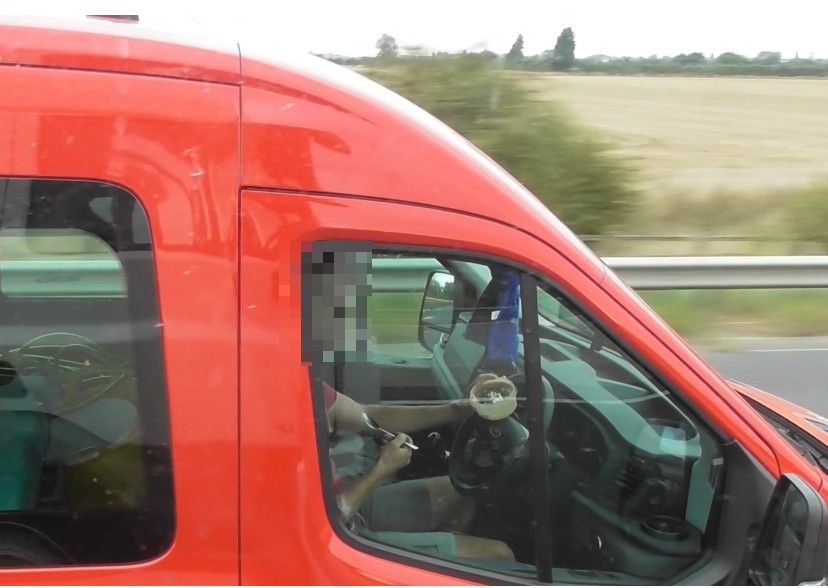
Another HGV driver stuck his middle finger up when it dawned on him he had been spotted wearing no seatbelt.
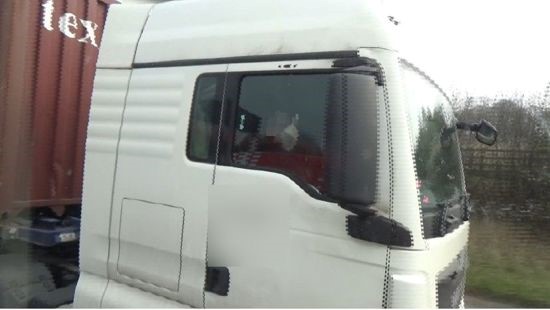
More than 190 offences were recorded by North Yorkshire, South Yorkshire, West Yorkshire, Northumbria and Durham police forces.
Inspector Clive Turner, from North Yorkshire Police, said: “Holding a driving licence is a privilege and not a right, however a small minority of people take it for granted, and it is always disappointing to find so many drivers who are prepared to put their life and others lives at risk for the sake of not wearing a seat belt or checking their mobile phones.
“We’re grateful to our partners at National Highways for facilitating the use of the tractor unit. I hope that our use of this vehicle sends a clear message that driving irresponsibly is unacceptable and we will continue to take action against those who flout the law on the road network.”
The message from Biddulph is simple: “Don't drive distracted. Put your mobile phone in the glove box, put your belt on, and concentrate on the road and your surroundings.”

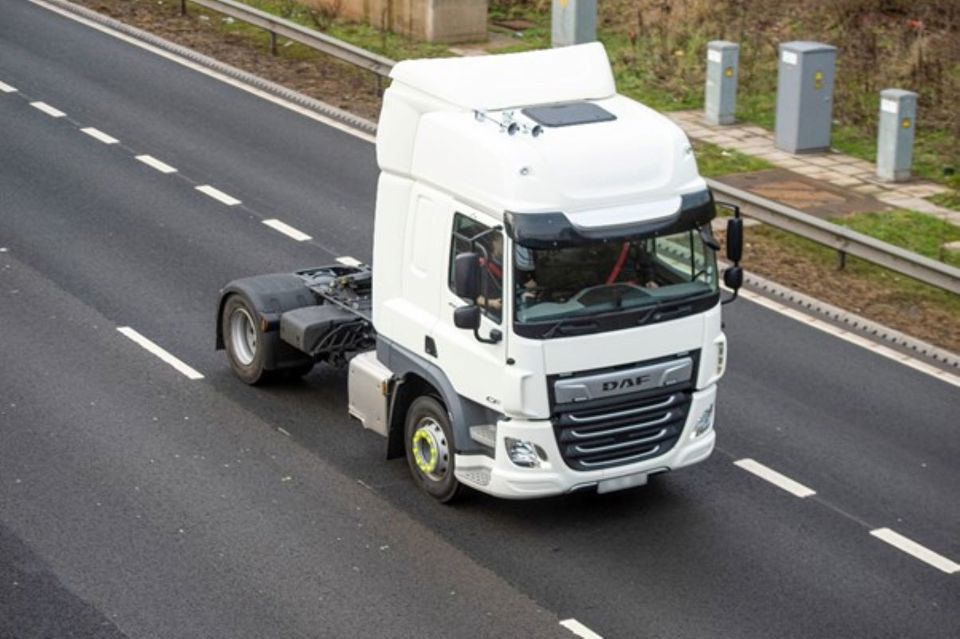




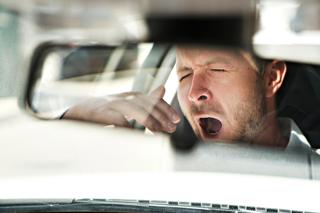
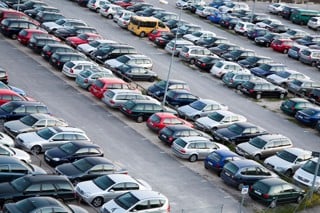
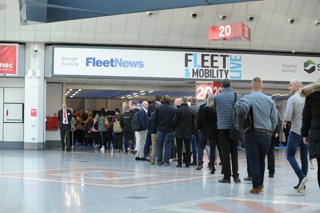
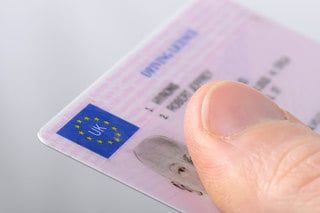
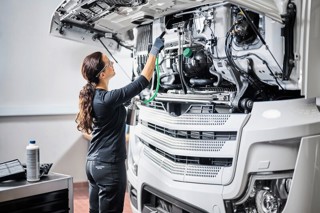



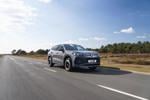







Login to comment
Comments
No comments have been made yet.